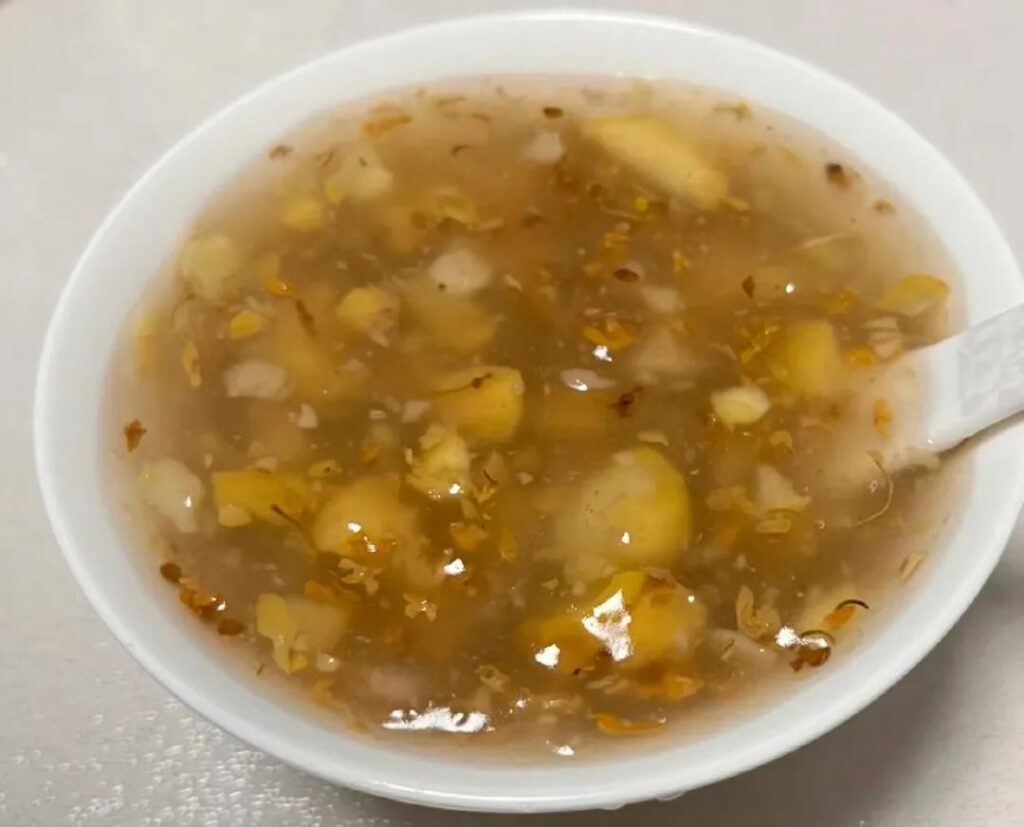In the fertile land of Jiangsu, there lies a county-level city that combines the gentle elegance of Jiangnan’s water towns with the rich historical heritage of a famous ancient city. Whether you find yourself amidst its mountains and waters, within its exquisite gardens, or savoring its culinary delights, Changshu exudes an intoxicating charm that captivates the senses.
Yushan: The Guardian of History
When speaking of Changshu, one cannot overlook the winding Yushan Mountain in the north of the city. Like a silent elder, it stands as a steadfast guardian of this land. Changshu, named for its “rich soil and freedom from floods and droughts,” is renowned as a “blessed land in Jiangnan.”
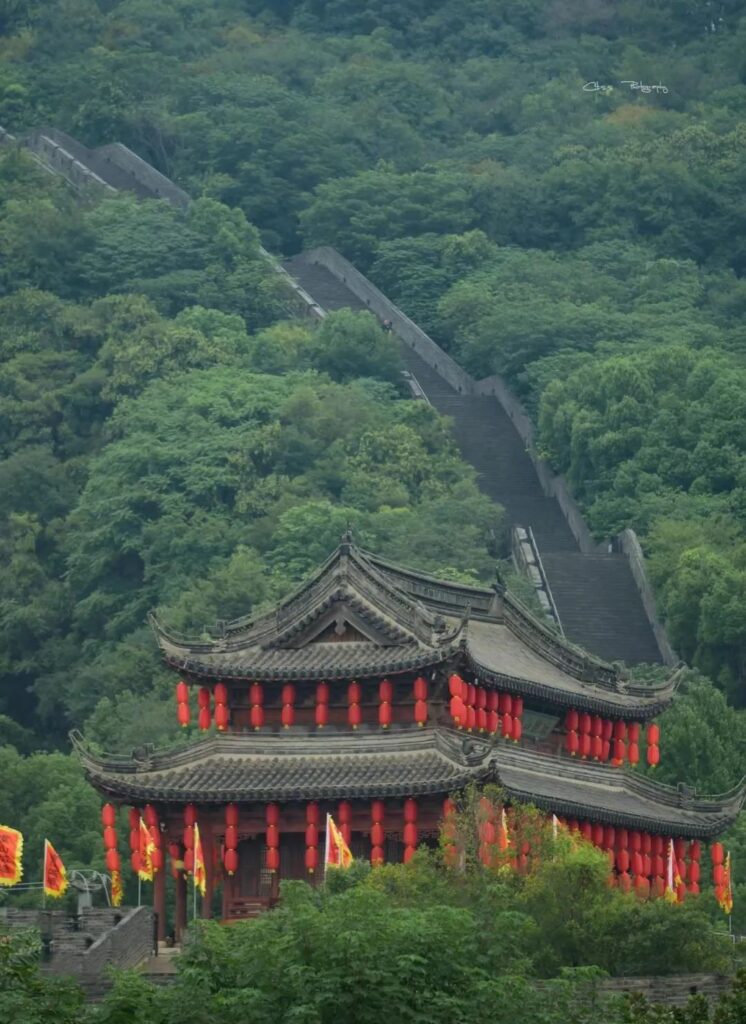

Yushan, the soul of Changshu, was once known as Wumushan. It gained its current name because the ancestors of the Jiang’nan region during the Shang and Zhou dynasties, Yu Zhong (also known as Zhong Yong), was buried here after his death. An interesting fact: Yu Zhong’s surname was not Yu, but Ji, and he was the uncle of Ji Chang.

Yushan and Shanghu Lake are interconnected, and it is said that “ten miles of green mountains half-enter the city, and ten thousand acres of jade-green waves surge through the west gate.” The mountain ranges are continuous, the forests lush, and the natural scenery is breathtakingly beautiful.
On this ancient and sacred land of Yushan, many historical figures have left their footprints.
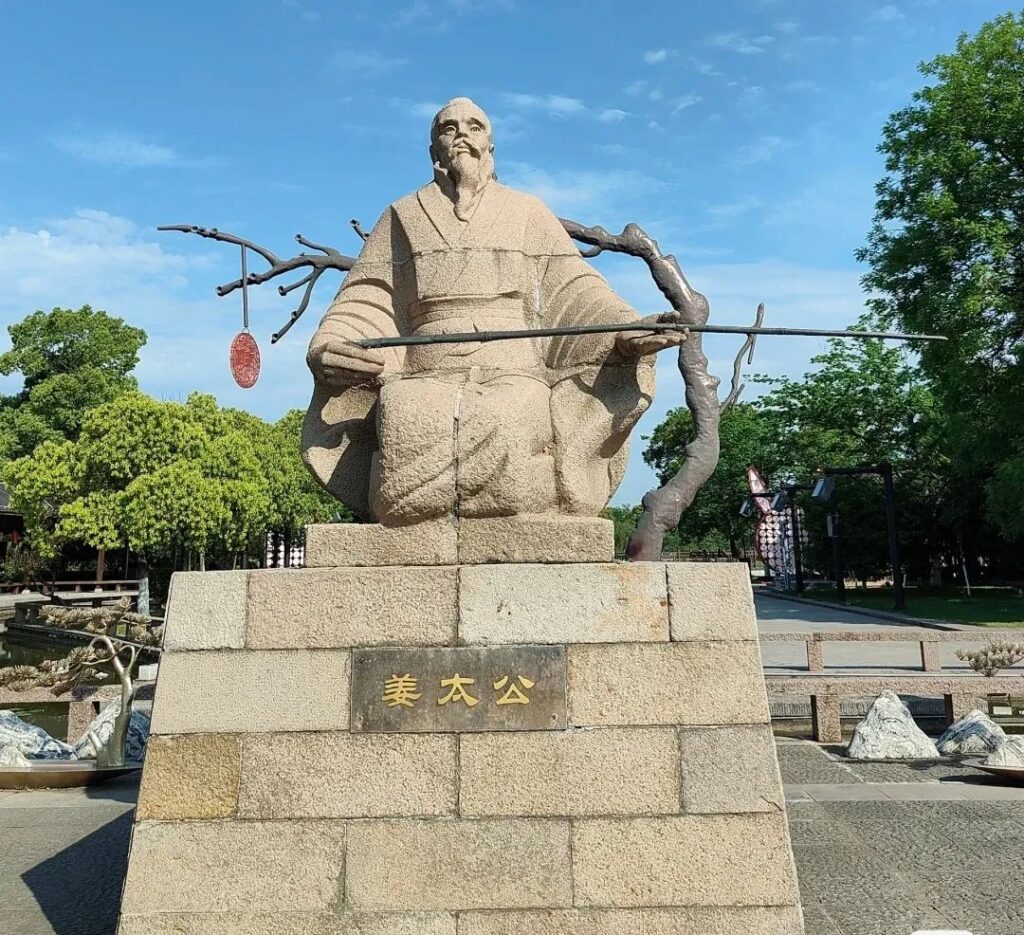
Some left behind timeless masterpieces, while others wrote legendary tales that have endured through the ages. These famous individuals have added a rich cultural heritage to Yushan and earned Changshu the reputation of being a “land of culture.”

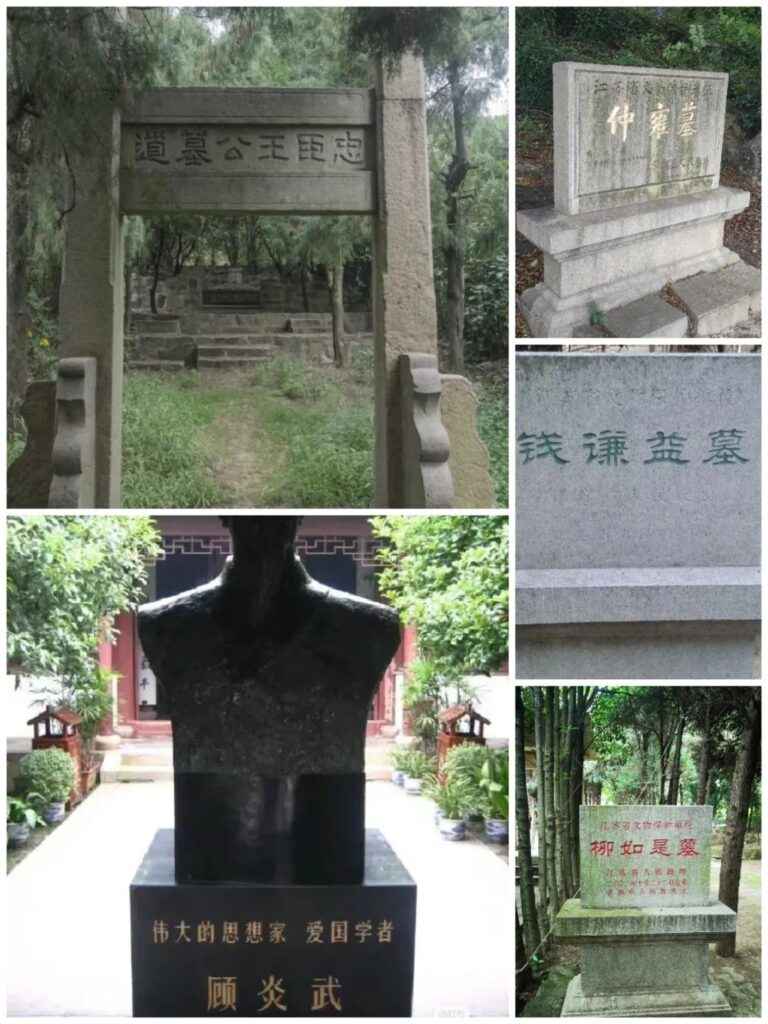
As you stroll through the area, you’ll discover the traces of numerous historical figures and find their tombs nestled among the ancient pines and cypresses. For example, the tomb of Weng Tonghe lies beneath the Xinfeng Pavilion. Each site seems to whisper tales of past glory and vicissitudes.
Nestled in the embrace of Yushan, Shanghu Lake gleams like a brilliant pearl, set amidst the green mountains and clear waters.
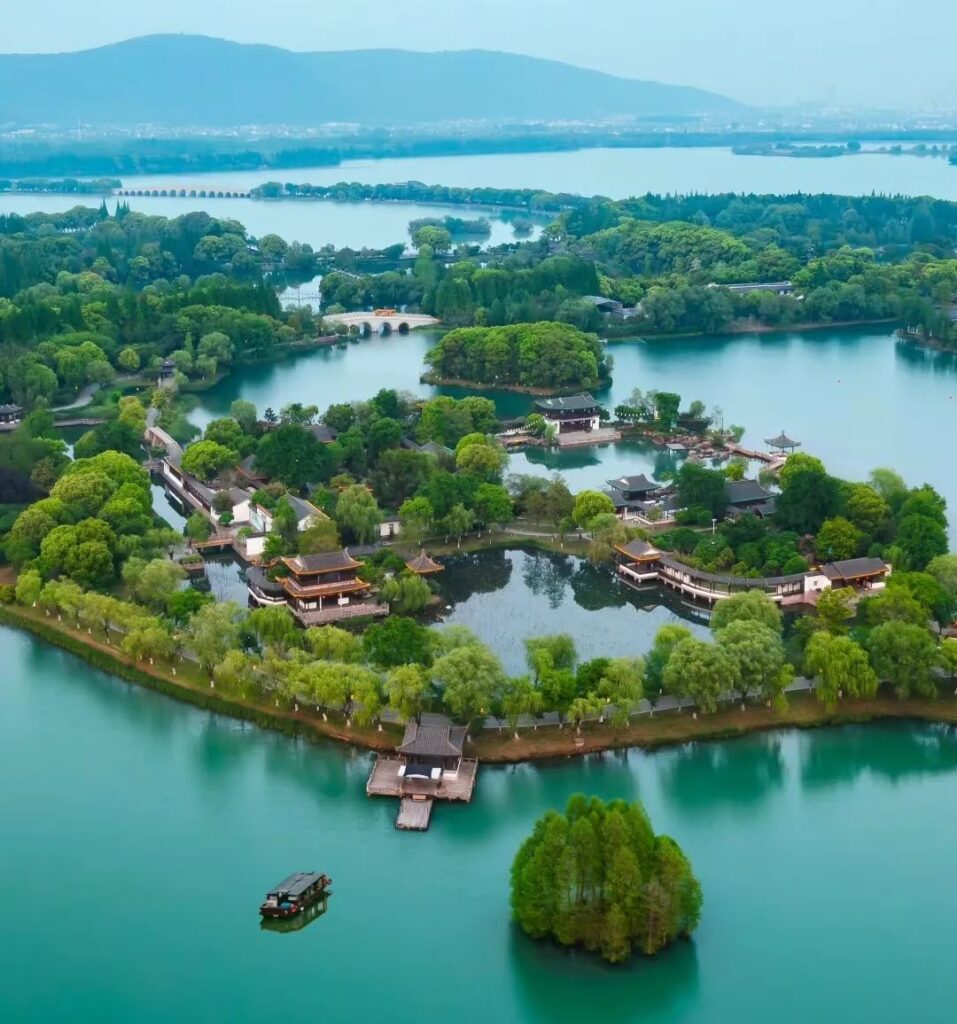
Shanghu, also known as Xihu, is the largest lake in Changshu. Its waters are crystal clear, and the ripples shimmer in the sunlight, creating a delightful contrast with the surrounding verdant mountains. Along the shores of Shanghu, you can stroll along the shaded paths, immersing yourself in the tranquility and harmony of nature. Alternatively, you can take a boat out onto the lake and admire the beauty of the mountains and waters.
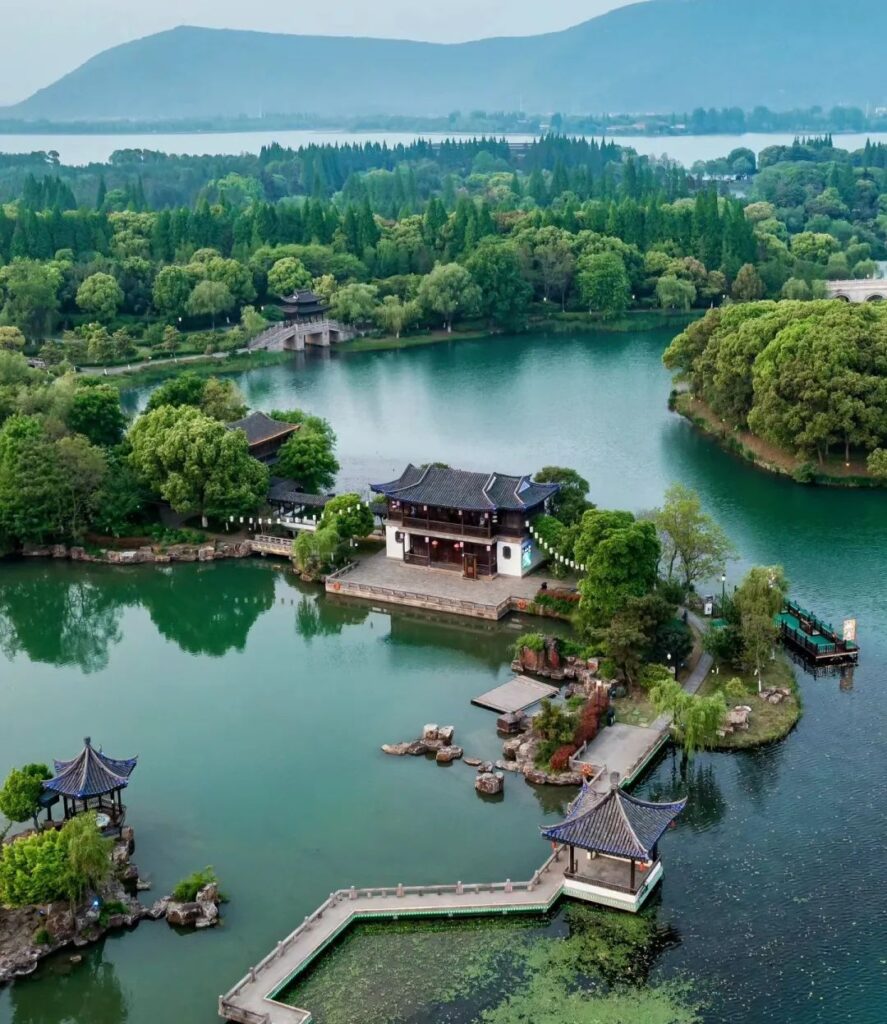
Atop Yushan, there is an ancient temple called Xingfu Chan Temple. This temple, with its long history and deep cultural heritage, was first built during the Liang Dynasty of the Southern Dynasties.
Inside the temple, ancient trees reach for the sky, and incense smoke curls upward, creating a mysterious and solemn atmosphere. Here, you can experience the profound depth of Buddhist culture and appreciate the reverence ancient people held for nature and life.
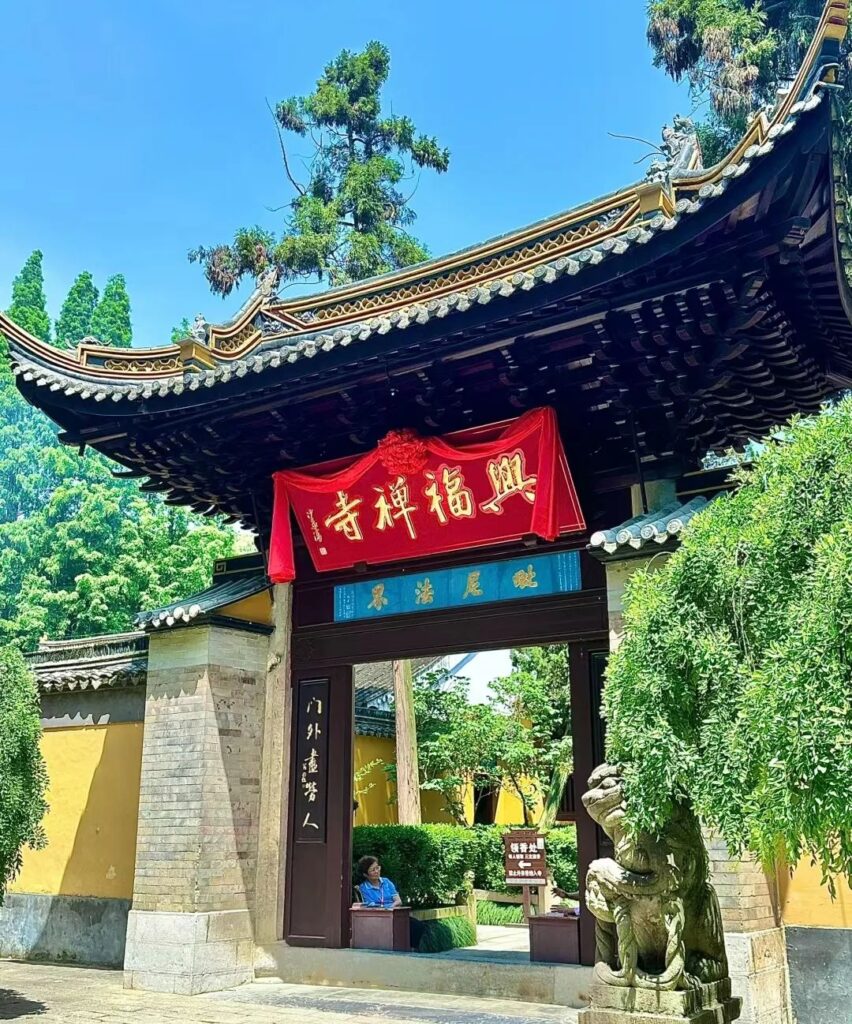
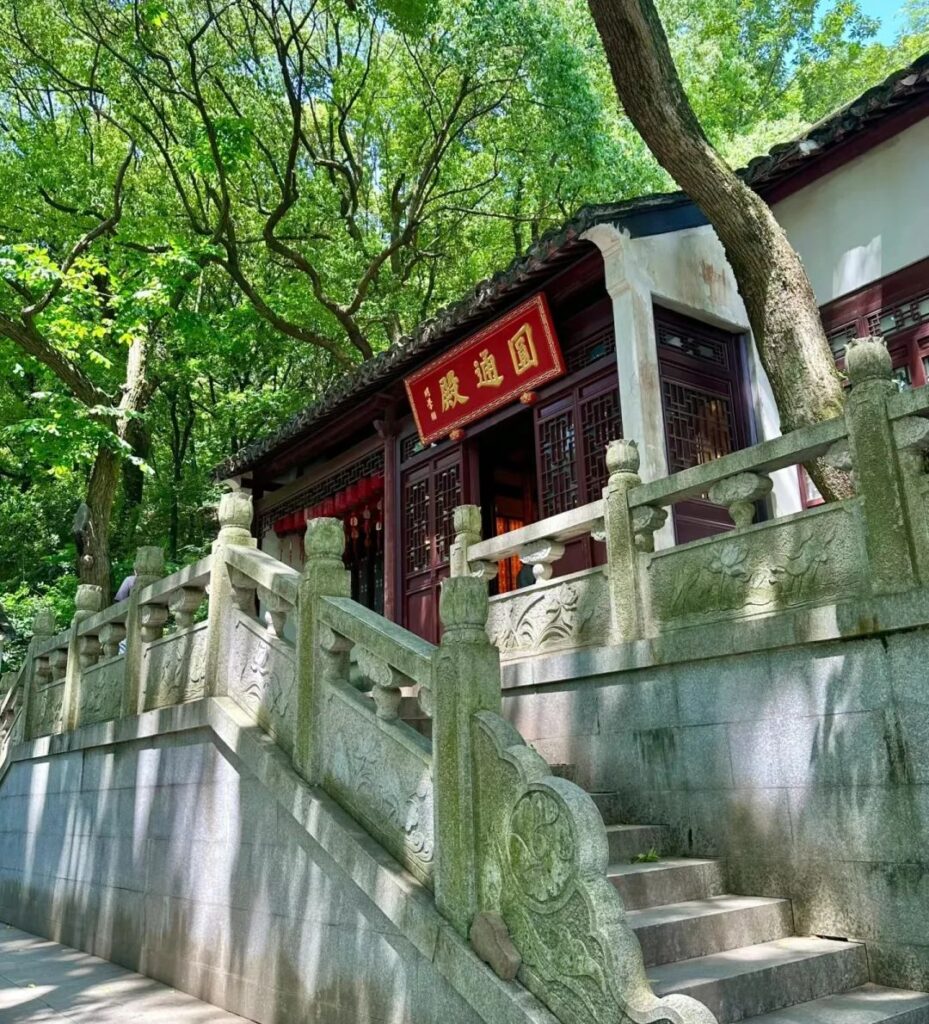
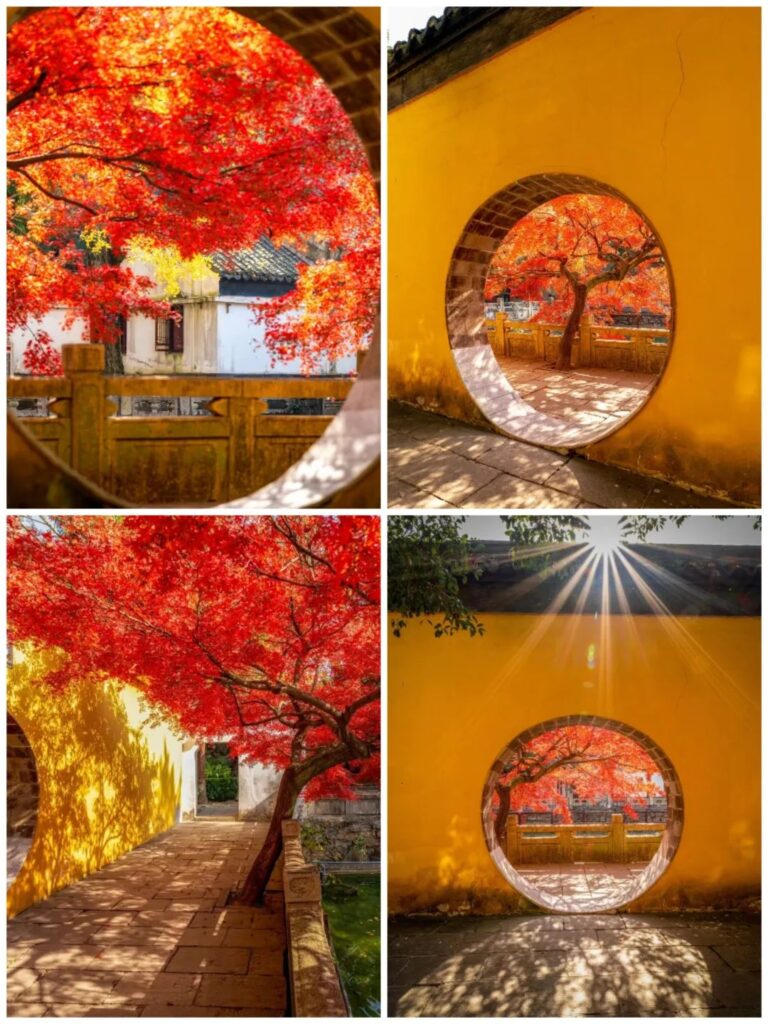
The Beauty of Gardens
Changshu is not only renowned for its stunning natural scenery but also for its unique garden art. Here, you can admire the exquisite elegance of Jiangnan gardens. Zhao Garden, Yan Garden, and Fangta Garden are the three most famous gardens in Changshu.
Zhao Garden Zeng Garden: Located in the southwest corner of Changshu city, adjacent to Zeng Garden and the Weng Mansion. The garden gate faces east and is situated alongside the Jiuwan Islet. Inside the garden, there are three ancient cypress trees with gnarled branches reaching for the sky and roots intertwined with rocks, remnants of Qian Dai’s “Little Wanchuan.”
The entire garden is centered around its water features, with scenic spots built around the pond in a staggered and well-arranged manner. The garden brings in water from outside, creating a vast water surface that harmonizes with the covered walkways and gentle hills. It borrows the view of Yushan, allowing the mountain scenery to enter the garden, creating a delightful view from every angle.
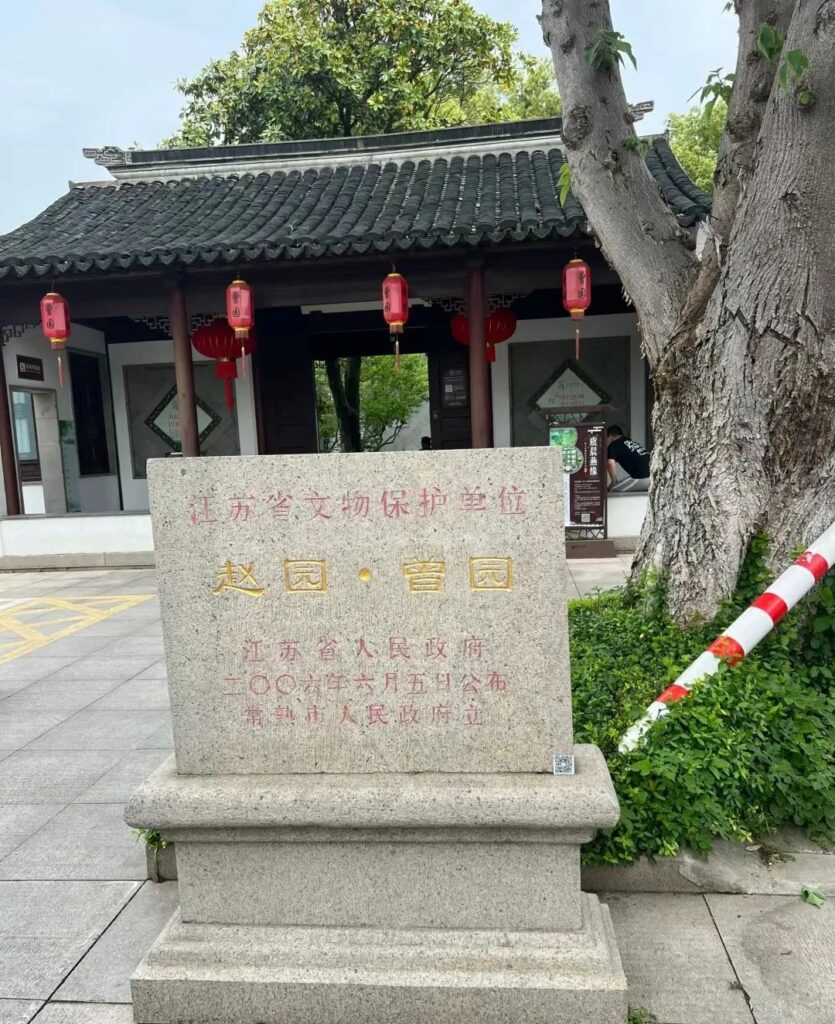
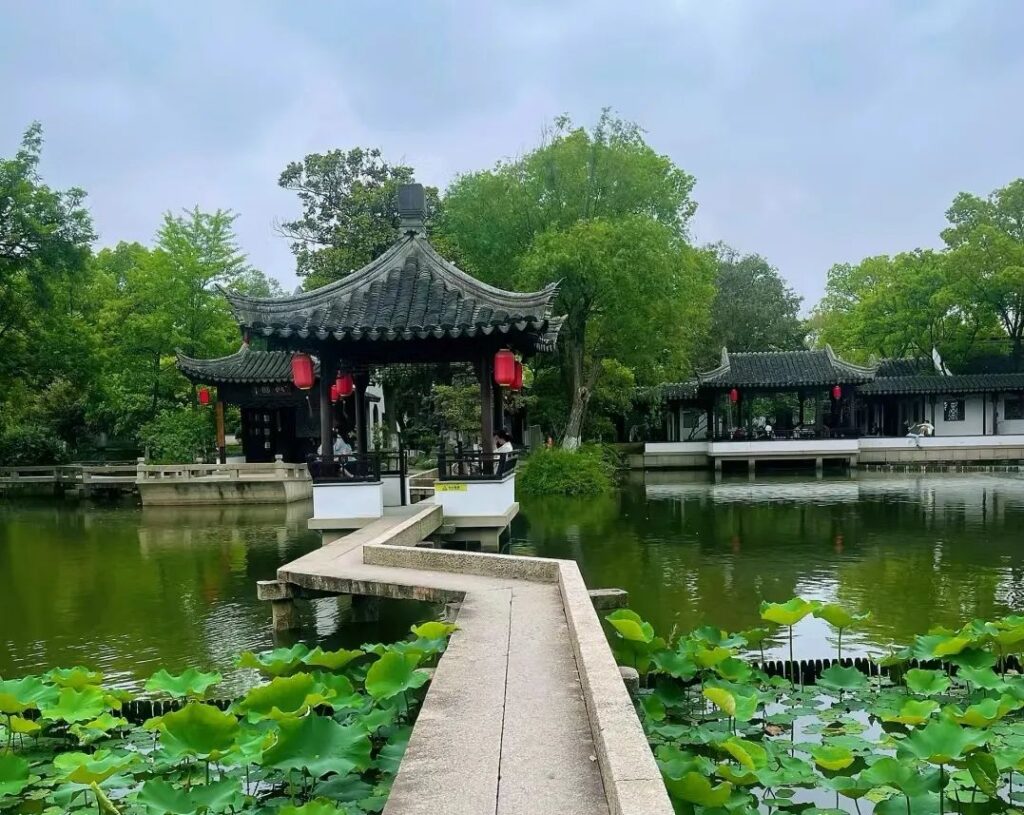
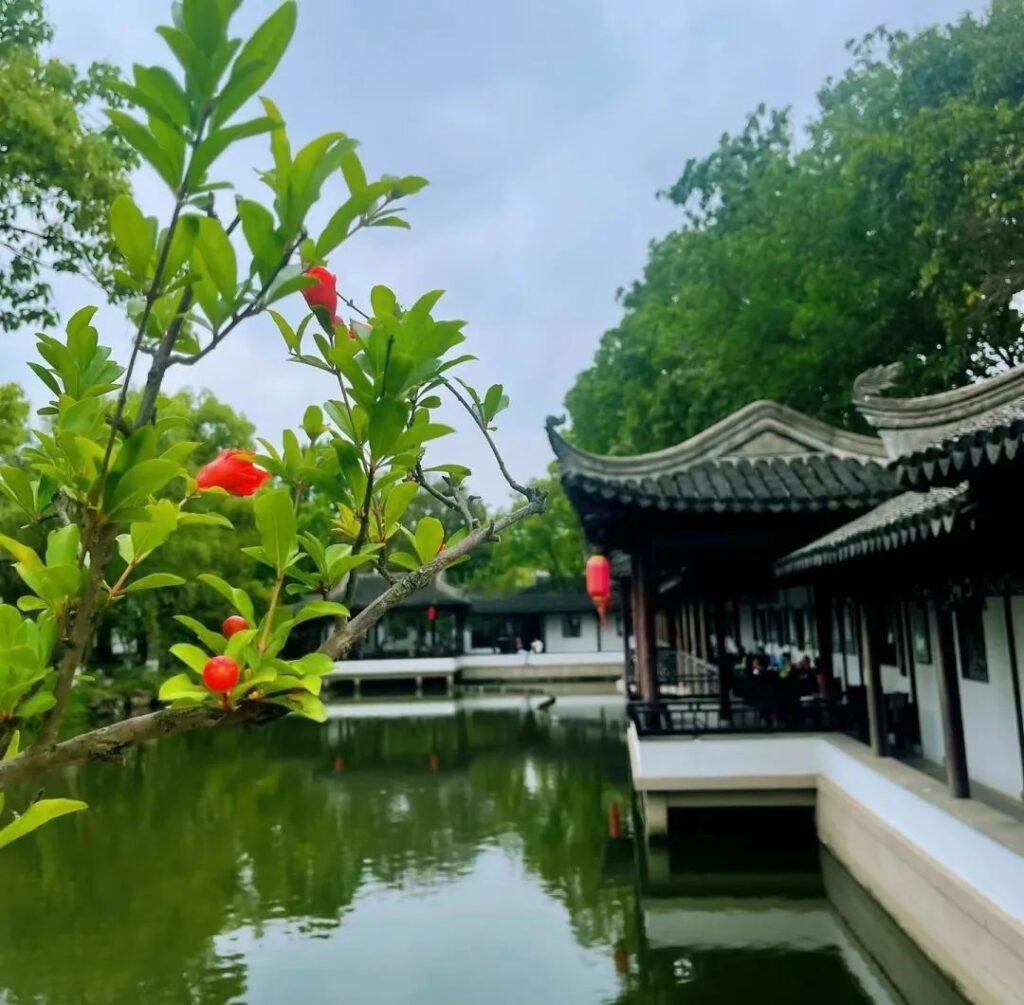
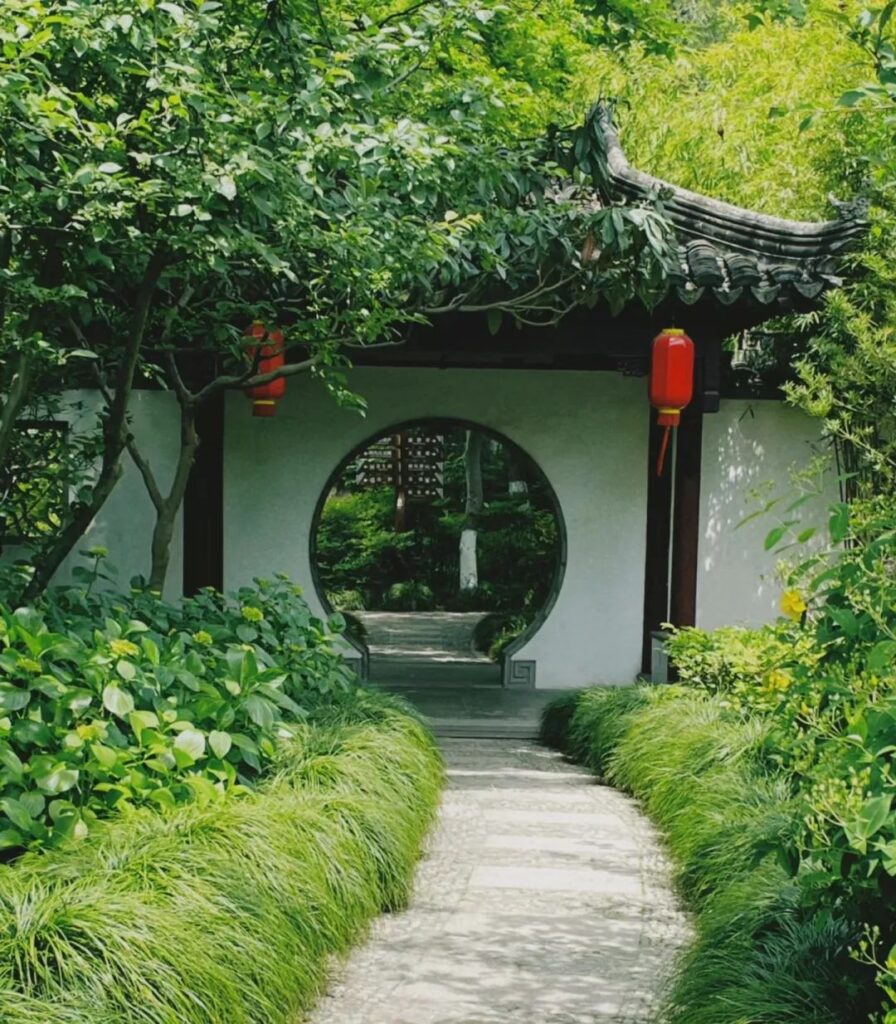
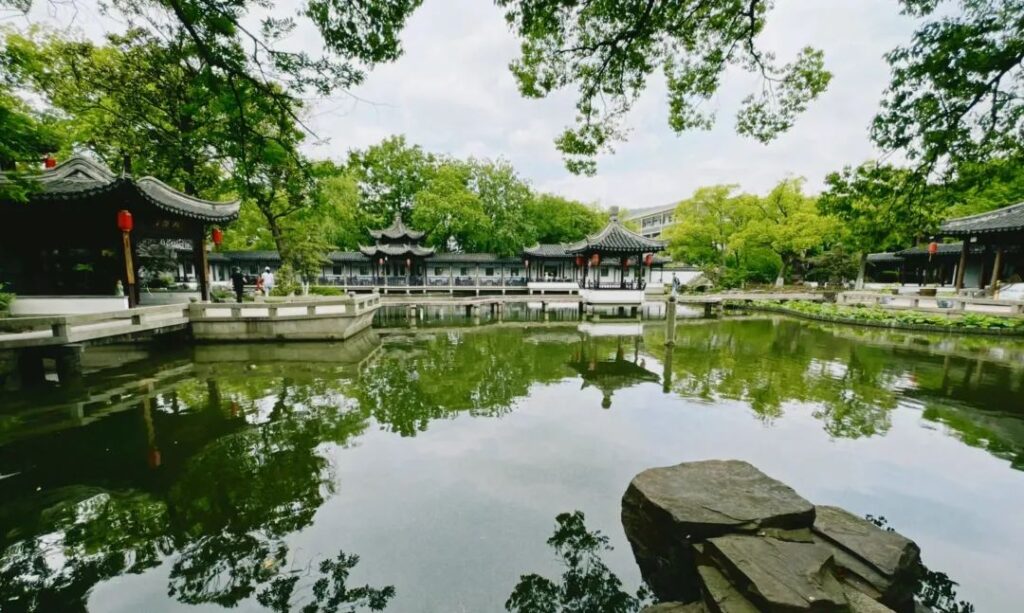
Yan Garden is another famous garden in Changshu. It is designed with a water surface as the centerpiece, surrounded by rockeries, pavilions, and towers. The garden is filled with lush greenery, fragrant flowers, and pleasant scenery. Here, you can experience the exquisite beauty and harmony of Jiangnan gardens.
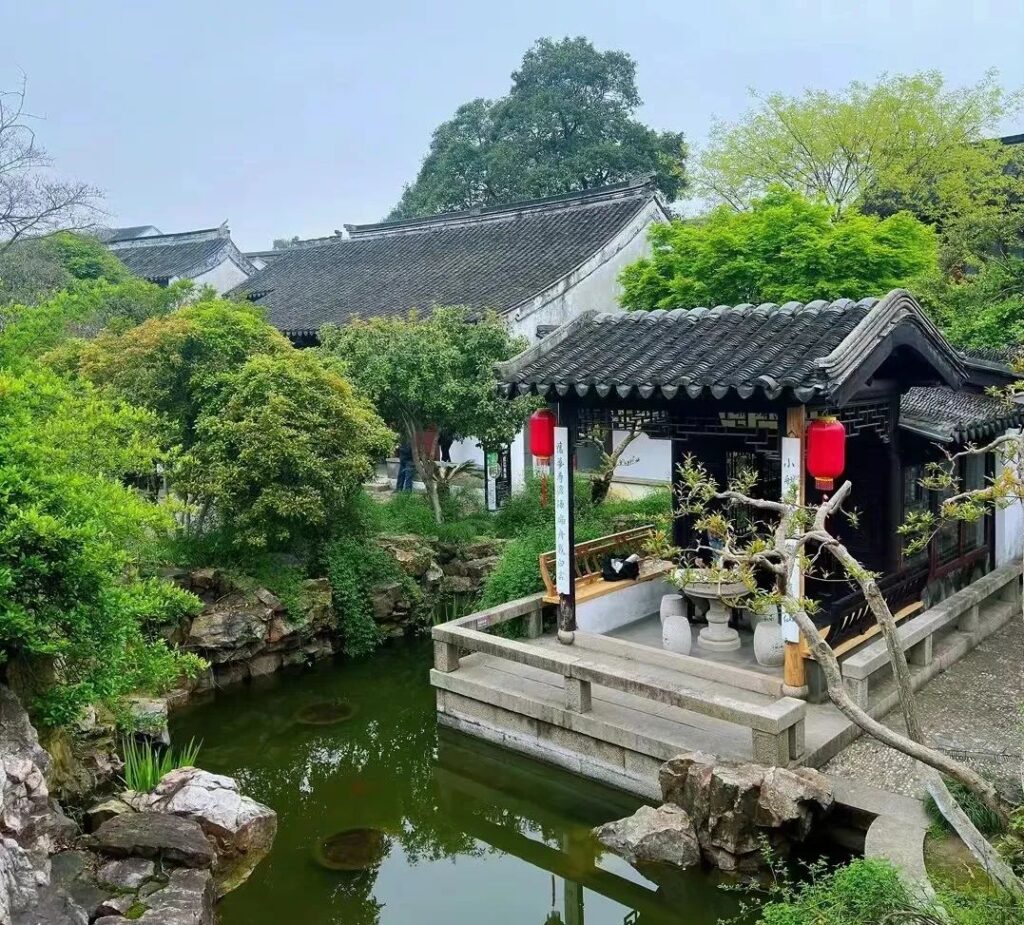


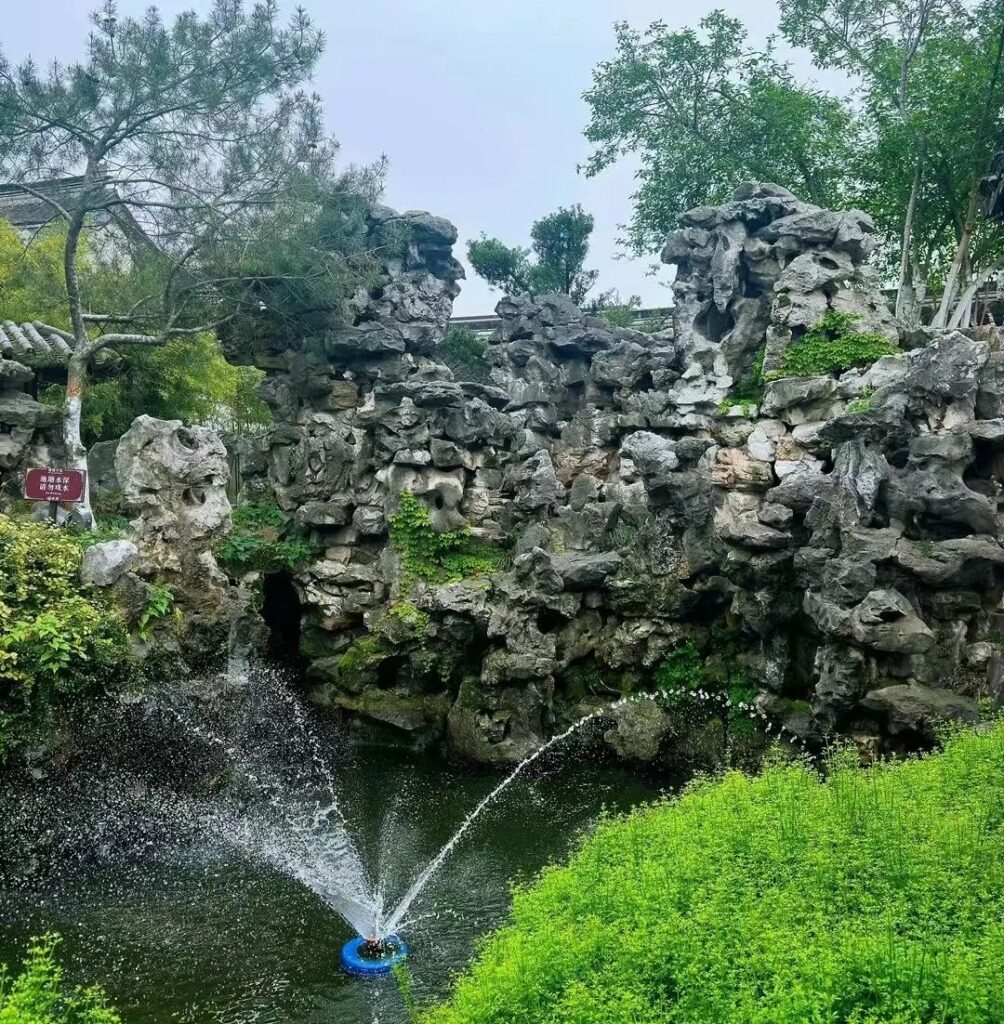
Fangta Garden is named after the square ancient pagoda within its grounds. This ancient pagoda, first built during the Song Dynasty, is one of Changshu’s landmark buildings. Fangta Garden is centered around the ancient pagoda, with verdant trees and colorful flowers surrounding it.
The garden also features rockeries, ponds, and other scenic elements that complement the ancient pagoda. Here, you can appreciate the grandeur and magnificence of ancient architecture.


What to Eat in Changshu
Changshu’s culinary culture is equally rich and diverse. Here, you can savor a variety of authentic Jiangnan delicacies. The following are some of the specialty dishes I recommend:
Mushroom Oil Noodles: This is one of the most representative dishes in Changshu. Fresh wild mushrooms are simmered to create a rich broth, paired with chewy handmade noodles. Every bite is a gift from nature.

Beggar’s Chicken: This dish has a legendary origin. It is said that long ago, a beggar stole a chicken but had nowhere to cook it. He wrapped the chicken in clay and placed it in a fire to roast. The result was tender, juicy chicken meat with an enticing aroma, which became a famous dish in Changshu.
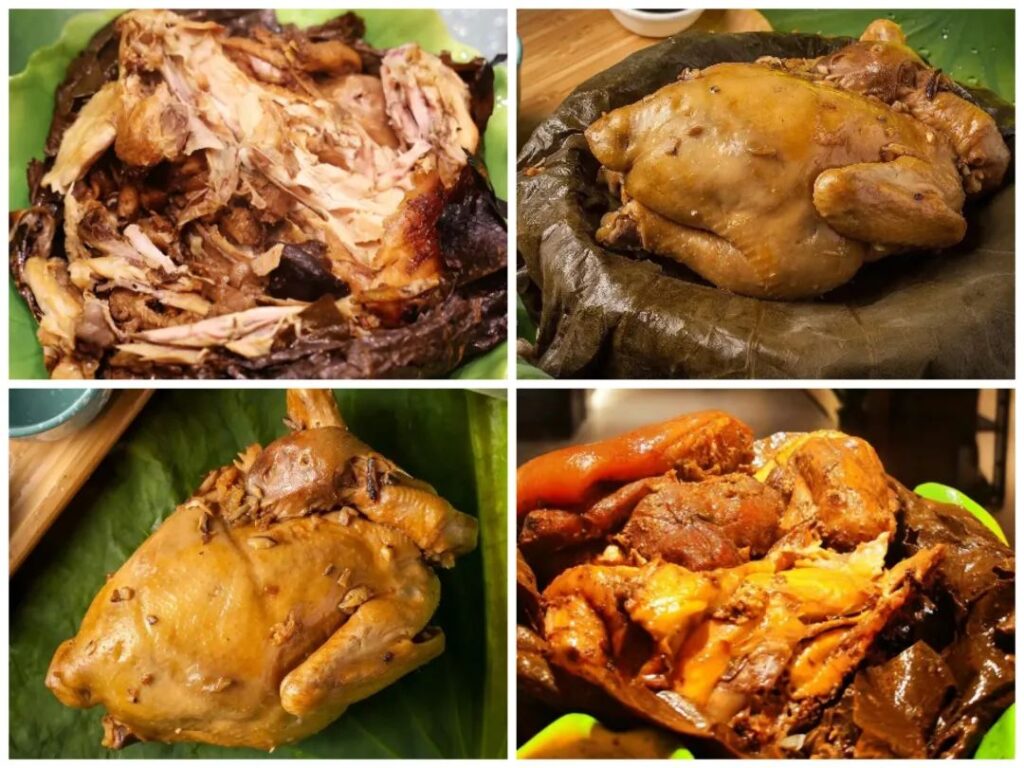
Osmanthus and Chestnut Soup: This dessert is made with Changshu’s specialty ingredients, osmanthus flowers and chestnuts. The soup is sweet and smooth, while the chestnuts are soft, glutinous, and fragrant, with the aroma of osmanthus wafting through the air. Drinking a bowl of osmanthus and chestnut soup in the cold winter warms both the stomach and the heart.
